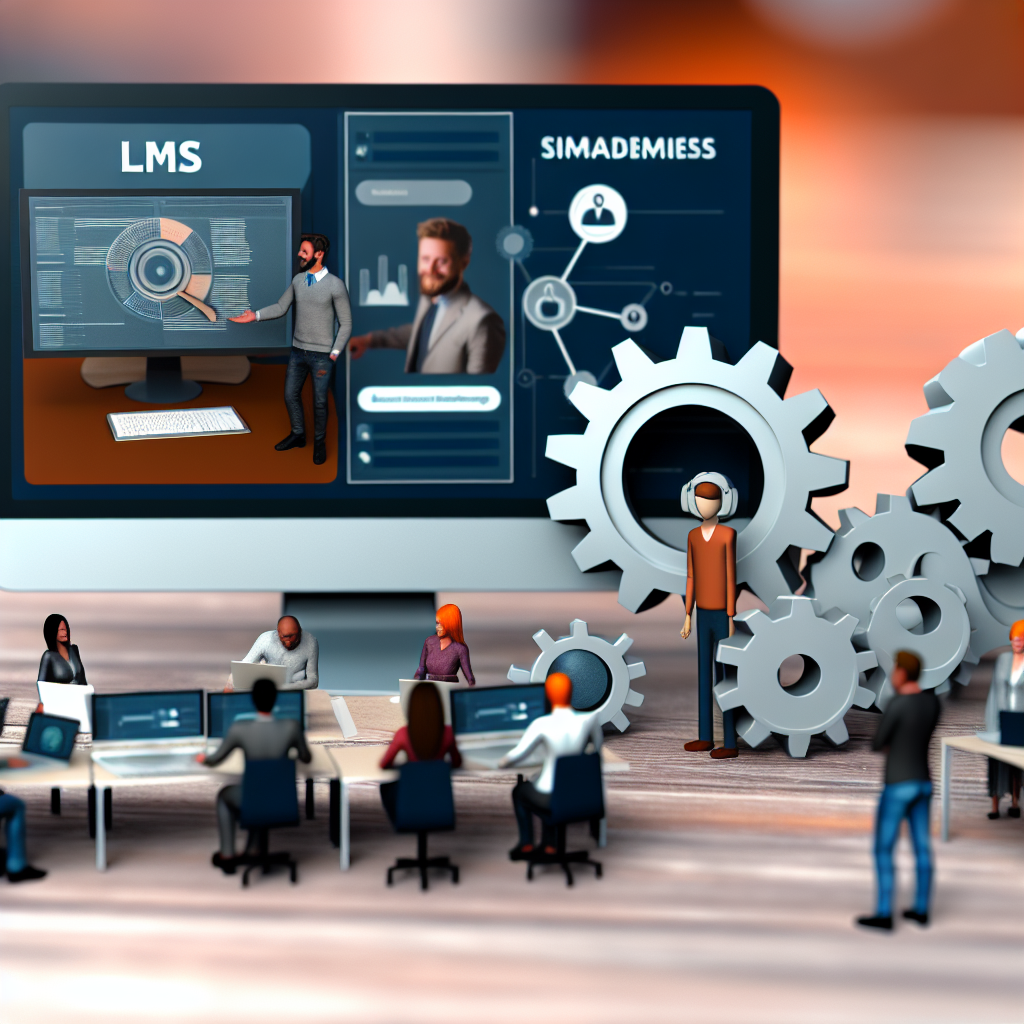Implementing a Learning Management System (LMS) can revolutionize your organization’s training approach. Yet, the process can be fraught with challenges if not handled correctly. This article will delve into effective LMS implementation tips that can facilitate a seamless transition, ultimately enhancing user engagement and optimizing training outcomes.
Understanding Your Needs and Objectives
Before diving into the technicalities of LMS selection and configuration, it’s crucial to thoroughly assess your organization’s needs and objectives. Conducting a needs analysis will help identify the goals your LMS should achieve and the specific requirements of your users. Engage stakeholders, including employees, management, and IT personnel, to gather diverse perspectives. This collaboration is critical in ensuring the platform aligns with training and operational goals.
Once you have a clear understanding of your objectives, create a detailed plan that outlines the desired outcomes, target audience, and essential features of the LMS. This can include criteria such as user-friendliness, scalability, integrations, and reporting capabilities. Documenting your needs will not only guide the LMS selection process but will also serve as a reference for evaluation throughout the implementation phase.
Engaging Stakeholders and Providing Training
Successful LMS implementation hinges on user adoption, which is significantly influenced by stakeholder engagement and training. Involve users early in the process to cultivate buy-in and address concerns. Create pilot groups to test the LMS and gather feedback. This iterative approach not only enhances system usability but fosters a sense of ownership among users.
Effective training is another fundamental component of smooth LMS implementation. Develop comprehensive training programs that cater to various user levels, from administrators to end-users. Incorporate a mix of training methods, such as live demonstrations, instructional videos, and user manuals, to accommodate different learning preferences. Offering ongoing support and resources post-implementation can also alleviate frustrations and promote user confidence.
As you prepare to launch your LMS, encourage open communication channels where users can express questions or concerns. This proactive approach will aid in addressing potential issues quickly, ensuring a smoother transition as users begin to incorporate the system into their daily activities.
In conclusion, successful LMS implementation requires a strategic approach centered around understanding organizational needs and engaging stakeholders. By conducting a thorough needs analysis and providing comprehensive training and support, organizations can significantly enhance user adoption and training outcomes. Follow these tips to ensure a seamless transition to your new LMS, ultimately driving success in your training initiatives.
